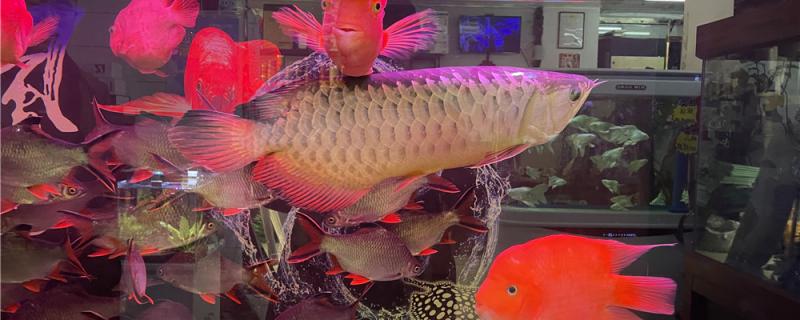 1. Size specification of Arowana tank
1. Size specification of Arowana tank The size of Arowana tank can be determined according to their body shape. They are large fish, and their body length is between 60-120 cm in adulthood. It is best for breeders to prepare a fish tank with a length of 120-150 cm, a width of more than 60 cm and a height of 60 cm. This can ensure that they have enough living space and will not affect their body development. If the breeder has sufficient budget, he can prepare a fish tank 150 cm long, 80 cm wide and 60 cm long.
2. Culture method of Arowana1. Water temperature: Arowana requires high water temperature, and breeders need to use heating rods to keep the water temperature between 25-28 ℃. They are sensitive to the fluctuation of water temperature, so breeders should keep the water temperature constant.
2. Water quality: Arowana likes weak acidic soft water, and breeders should keep the PH value between 6.5 and 7.5 at ordinary times. When changing water at ordinary times, the water quality between new water and old water should be adjusted to be consistent.
3. Feeding: Arowana has higher requirements for food, and they prefer animal feed. When rearing artificially, they can be fed with some small fish, shrimps and other foods. They can also be fed some lean meat, red worms, bread worms, yellow mealworms and other foods.
4. Illumination: Arowana is a pelagic fish, and likes to live in the upper layer of water when in the wild. Breeders need to ensure that they have enough light. If they cannot receive natural light, they can install aquarium lamps.